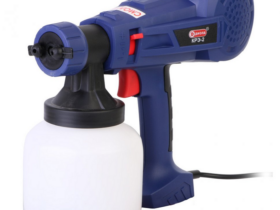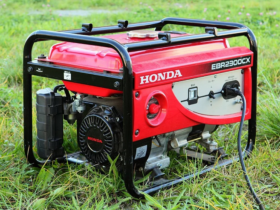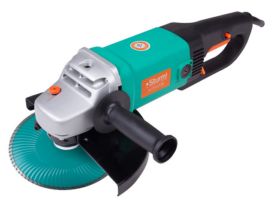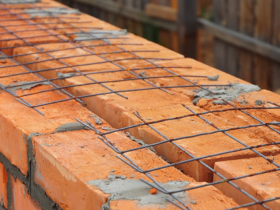Large particles of press materials chips
Large particles return to crushing. The bulk of the chip is supplied to the secondary crushing, where it is crushed to the size of small streams. After secondary grinding, the mass passes through a sieve installed in the shell of a crushing machine. Then the crushed press material is fed into dryers, where it is dried to the final humidity of 8-12%. The dried material, if necessary, goes for final grinding into disintegrators or for flattening in roller units. The final sorting of press materials is usually carried out on disintegrators or roller units.
The prepared press material enters the bunker, from which the portioned volumetric-linen feeder and a special stacker is evenly loaded into the matrices installed on the chain pulsating conveyor. The loaded matrices with the same transport, if necessary, are fed to the preliminary heating of the press material in the high-frequency current field to increase its plastic properties and more significant sealing during preliminary appressing on a one-story press.
Pressing mode: specific pressing pressure from 25 to 100 kg/cm2 (lower pressure with a heated press material, more in the absence of preliminary heating of the press material); The temperature of the press plates is 18-25 °; Exposure duration of 20-45 seconds (less exposure time for heated press materials).
Removing pressure can be carried out in 5-8 seconds. At the time of removing the pressure and opening of the press-form, the matrix entrance rises with Poanson. A matrix with a compacted press material, if necessary, is supplied for preliminary heating in the high-frequency current field.
Seal press material can be heated to 130-150 °. This will largely accelerate its heating in the hot press to a given temperature and will reduce the exposure time under pressure and at elevated temperature. Filled with a heated press material, the matrix is covered with a well-polished metal






